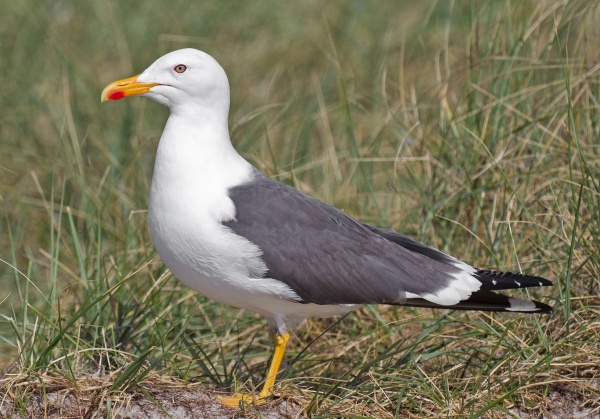Facts About Lesser black-backed gull
The lesser black-backed gull is a captivating migratory bird that breeds along the Atlantic coasts of Europe and spends its winters ranging from the British Isles to West Africa. These gulls can also frequently be seen on the eastern shores of North America. First described by Carl Linnaeus, this bird bears the scientific name Larus fuscus. There are five recognized subspecies of the lesser black-backed gull, each with distinct traits and distributions.
Smaller than the European herring gull, the lesser black-backed gull belongs to a complex taxonomic group, making its classification somewhat intricate. These gulls are easily identifiable by their black or dark grey wings and back, yellow legs, and smaller white wing tips compared to the great black-backed gull. Adult birds feature a yellow bill with a distinctive red spot, while juveniles have scaly black-brown upperparts and take approximately four years to reach full maturity.
During the breeding season, these gulls form colonies along coasts and lakes. They construct lined nests on the ground or cliffs, typically laying three eggs. The lesser black-backed gull is a true omnivore, feeding on a varied diet that includes fish, insects, crustaceans, worms, berries, small mammals, and even carrion.

 Sweden
Sweden